
 Video
Video
Laparoscopic Fixation of GORE® SYNECOR Biomaterial in a Cadaver Model Using a Robotic Arm
Erik B. Wilson M.D., FACS, shares a video showing laparoscopic fixation of GORE® SYNECOR Biomaterial in a cadaver model using a robotic arm.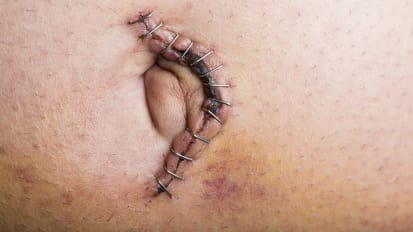 Document
Document
Clinical Performance with Staple Line Reinforcement: Scientific Literature Analysis
Clinical Performance of GORE® SEAMGUARD® Bioabsorbable Staple Line Reinforcement.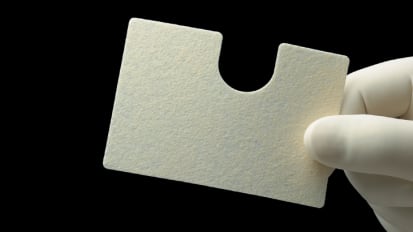 Document
Document
20 Years of Clinical History: Minimizing Complications, Maximizing Outcomes
Partner with a proven leader in reducing risks and raising the standard for bariatric and hiatal / paraesophageal hernia surgery.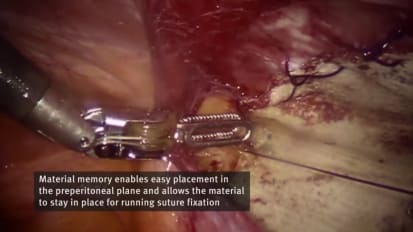 Video
Video
Robotic Preperitoneal Umbilical Hernia Repair
Robotic preperitoneal repair of an umbilical hernia utilizing GORE® SYNECOR Preperitonal Biomaterial by Matthew R. Reynolds, D.O.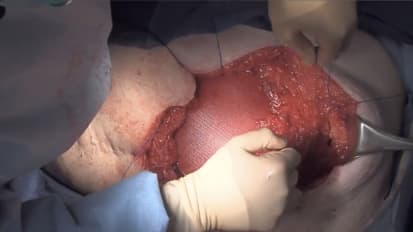 Video
Video
Ventral Hernia Repair Using the Components Separation Technique
Brent Mathews, M.D., FACS, performs a ventral hernia repair using the components separation technique.Mesh Matters: Supporting Patient Quality of Life in Robotic Complex Hernia Repair
Join us for a live virtual clinical discussion as Dr Amit Gogia, M.D., FACS, reviews emerging trends in complex robotic hernia repair and abdominal wall reconstruction, including a review of mesh materials, and how these may have an impact on patient outcomes. Document
Document
The Role of a Biosynthetic Hybrid Mesh in Abdominal Wall Hernia Repair in High-Risk Patients with Multiple Comorbidities
The influx of more high-risk and obese patients in need of abdominal wall hernia repair naturally leads to larger, more complex hernia cases and the need for strong mesh. Document
Document
Biosynthetic Tissue Scaffold Recruits Progenitor Cells in Muscle Tissue Healing Model
This study demonstrates that the open, porous structure of the GORE® BIO-A® Tissue Reinforcement is able to recruit the Pax7+ cells residing in host muscle, a critical step in muscle regeneration. Document
Document
Case Study: Proven Outcomes Reduced Costs for Complex Hernia Repairs
GORE® BIO-A® Tissue Reinforcement is an excellent choice in soft tissue repair, including complex hernia. Video
Video
Retromuscular hernia repair using GORE® ENFORM Preperitoneal Biomaterial with percutaneous suture fixation
John P. Fischer, MD, MPH, FACS, is a specialist in abdominal wall reconstruction. This is a surgical technique video demonstrating the retromuscular repair of the abdominal wall with GORE® ENFORM with preperitoneal biomaterial using percutaneous fixation. Video
Video
GORE® SEAMGUARD® Bioabsorbable Staple Line Reinforcement
Professor Michel Gagner shares his experience working with GORE® SEAMGUARD® Bioabsorbable Staple Line Reinforcement.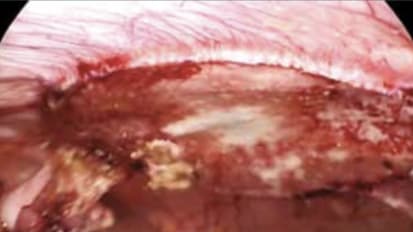 Document
Document
Mesh Selection for Hernia Repair: Expert Review of Biologic, Synthetic and Bioabsorbable Types
Today, mesh closure is the standard in hernia repair, a credit to advances in materials and surgical techniques since usher.